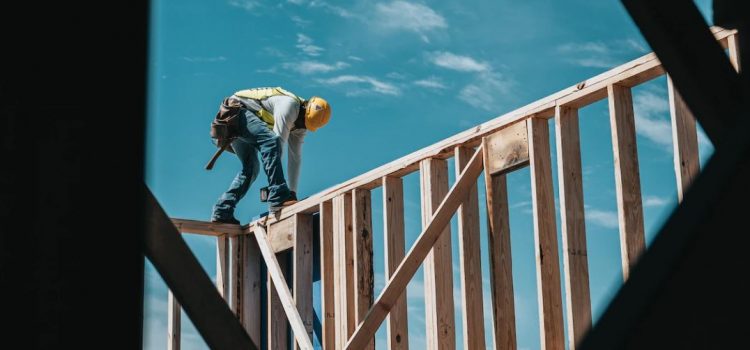
This is a free excerpt from one of Shortform’s Articles. We give you all the important information you need to know about current events and more.
Don't miss out on the whole story. Sign up for a free trial here .
Why don’t protections exist for Americans working in extreme heat? As climate change pushes temperatures higher, will they get relief?
A growing number of Americans are working in extreme heat and dying, yet almost no federal laws exist to protect them. Federal efforts to implement heat safety regulations are complicated to implement and face opposition, leaving workers vulnerable to increasingly dangerous conditions.
Here’s a look at the dangerous conditions and why regulation isn’t yet in place.
Heat Safety Rules Are Lagging
From construction workers and farm laborers to warehouse employees and mail and package delivery drivers, a growing number of Americans are working in extreme heat and dying as a result. In recent months, severe heat waves led to numerous fatalities in the US, taxed hospitals, and triggered government warnings to avoid prolonged heat exposure. Yet virtually no federal protections exist for people whose employers require them to work in scorching summer temperatures.
Background
Extreme heat, the top weather-related cause of death in the US, results in 9,000 hospitalizations and 700 fatalities a year, according to the Centers for Disease Control and Prevention—though studies have found that heat-related deaths are grossly underestimated. Experts say that as climate change leads temperatures to surge, the problem will worsen.
This is a problem for workers whose employers don’t offer them protection from prolonged heat exposure, increasing their risk of:
- Heat stroke, a life-threatening condition in which the body’s core temperature can elevate above 104 degrees Fahrenheit. Heat stroke disrupts brain cells’ ability to transmit critical signals to the body and can trigger heart, kidney, and liver failure.
- Heat-related illness that causes fatigue, disorientation, dehydration, and impaired cognitive abilities leading to worker mistakes and accidents.
Existing Heat Safety Rules
At present, only five US states have regulations that protect workers in extreme heat, and safeguards at the federal level are limited in scope, effectiveness, and enforceability. The Occupational Safety and Health Administration’s (OSHA) “general duty clause” mandates employers to provide safe workplaces—enabling the administration to fine employers who expose workers to unsafe heat conditions. But experts say the rule is overly broad and difficult to enforce.
Pro: The Argument for Federal Heat Standards
Labor groups say that regulations to address extreme heat in the workplace are long overdue for Americans who continue to lose their lives on the job due to prolonged exposure to high temperatures. According to the Bureau of Labor Statistics, 436 workers died between 2011 and 2021 as a result of high heat exposure—a figure experts say vastly underestimates the true number of deaths.
Con: The Argument Against Federal Heat Standards
Federal government efforts to introduce heat standards have been met with resistance from business interest groups. The US Chamber of Commerce argues that creating a comprehensive, practical standard that employers can reasonably adhere to is challenging because heat risks vary depending on conditions specific to each worker, job, and job site.
In the meantime, officials in some states are removing safeguards. In June, Texas Governor Greg Abbott signed HB 2127 into law, abolishing local ordinances that require rest breaks for construction workers. The new statute eliminates heat protections for construction workers in some Texas cities—including the 66% of Dallas laborers who said they didn’t receive water, and 33% who said they didn’t receive rest breaks, in surveys conducted before the city enacted its now-nullified 2015 rest-break ordinance. HB 2127’s author, Republican State Rep. Dustin Burrows, says the law is necessary to eliminate “the current hodgepodge of onerous and burdensome regulations.”
Looking Ahead
Experts say that OSHA will likely propose a rule to protect workers from extreme heat in the coming year, but that turning the proposed OSHA rule into official regulation is a lengthy and uncertain process that, in a best case scenario, could take five to seven years. A new presidential administration that opposes the rule could further delay or prevent the standard from becoming a reality for decades.

Want to fast-track your learning? With Shortform, you’ll gain insights you won't find anywhere else .
Here's what you’ll get when you sign up for Shortform :
- Complicated ideas explained in simple and concise ways
- Smart analysis that connects what you’re reading to other key concepts
- Writing with zero fluff because we know how important your time is






